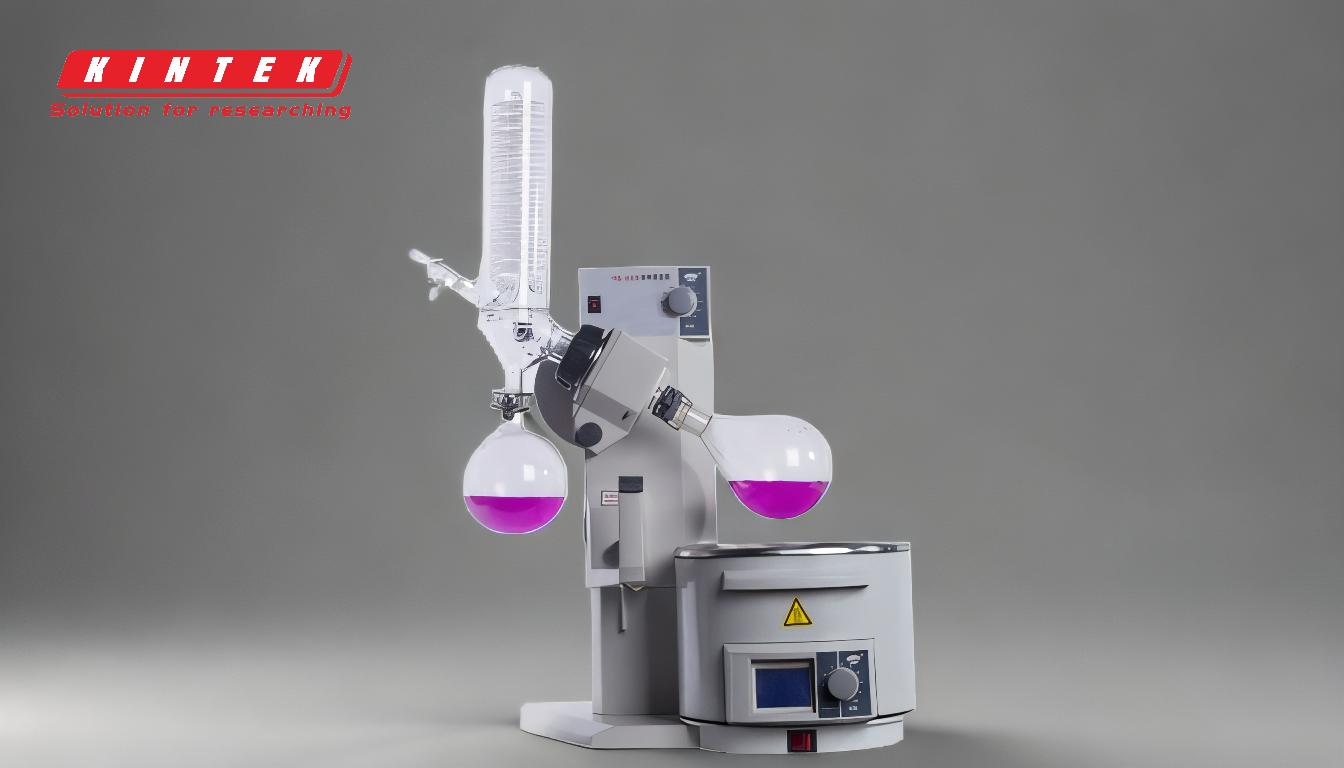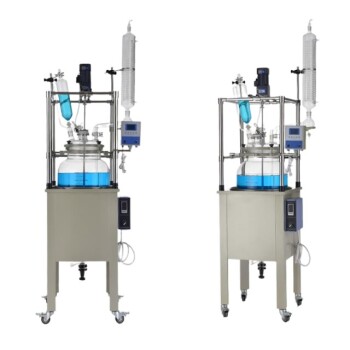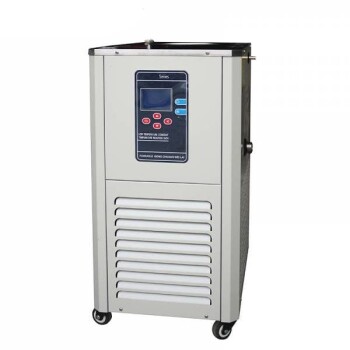The pressure required for ethanol in a rotary evaporator depends on the desired vapor temperature and the specific conditions of the process. For ethanol removal, the recommended vapor temperature is 25–30°C, which corresponds to pressures of 95 mbar at 25°C and 123 mbar at 30°C. Optimal pressure settings are crucial for efficient distillation, preventing issues like bumping and foaming, and ensuring consistent results. The 20/40/60 rule can guide the setup: the bath temperature should be about 20°C higher than the vapor temperature, and the condenser temperature should be about 20°C lower. For ethanol, a typical setup involves a bath temperature of 50°C and a chiller set to 0°C.
Key Points Explained:

-
Recommended Vapor Temperature for Ethanol:
- The ideal vapor temperature for ethanol in a rotary evaporator is 25–30°C.
- This range ensures efficient evaporation while minimizing risks like bumping and foaming.
-
Pressure Requirements:
- At 25°C, the required pressure is approximately 95 mbar.
- At 30°C, the required pressure is approximately 123 mbar.
- Lower pressures make evaporation easier and allow distillation at lower temperatures, preserving sensitive compounds.
-
The 20/40/60 Rule:
- Bath Temperature: Set about 20°C higher than the desired vapor temperature. For ethanol, this typically means a bath temperature of 50°C.
- Condenser Temperature: Set about 20°C lower than the vapor temperature. For ethanol, the chiller is usually set to 0°C.
-
Factors Influencing Evaporation:
- Vacuum Level: Lower pressures reduce boiling points, enabling distillation at lower temperatures.
- Rotation Speed: Higher speeds increase the surface area for evaporation, improving efficiency.
- Water Bath Temperature: Must be carefully controlled to avoid overheating or underheating the sample.
- Vessel Size: Limited by the rotary evaporator model but impacts the overall evaporation rate.
-
Tools for Optimization:
- Use a manometer to monitor and adjust pressure accurately.
- A distillation nomograph can help determine the optimal pressure and temperature settings for specific solvents like ethanol.
-
Practical Setup for Ethanol:
- Bath Temperature: 50°C.
- Chiller Temperature: 0°C.
- Vacuum Pressure: 95–123 mbar, depending on the desired vapor temperature (25–30°C).
- Automated solvent libraries can simplify pressure and temperature settings for consistent results.
-
Benefits of Optimal Pressure:
- Efficiency: Faster evaporation rates and reduced energy consumption.
- Quality: Prevents degradation of heat-sensitive compounds.
- Consistency: Ensures reproducible results across multiple runs.
By following these guidelines, you can achieve efficient and effective ethanol removal using a rotary evaporator, ensuring high-quality results while minimizing operational challenges.
Summary Table:
| Parameter | Value |
|---|---|
| Vapor Temperature | 25–30°C |
| Pressure at 25°C | 95 mbar |
| Pressure at 30°C | 123 mbar |
| Bath Temperature | 50°C |
| Chiller Temperature | 0°C |
| Vacuum Pressure Range | 95–123 mbar |
| Key Tools | Manometer, Distillation Nomograph |
Optimize your ethanol distillation process—contact our experts today for personalized guidance!




















